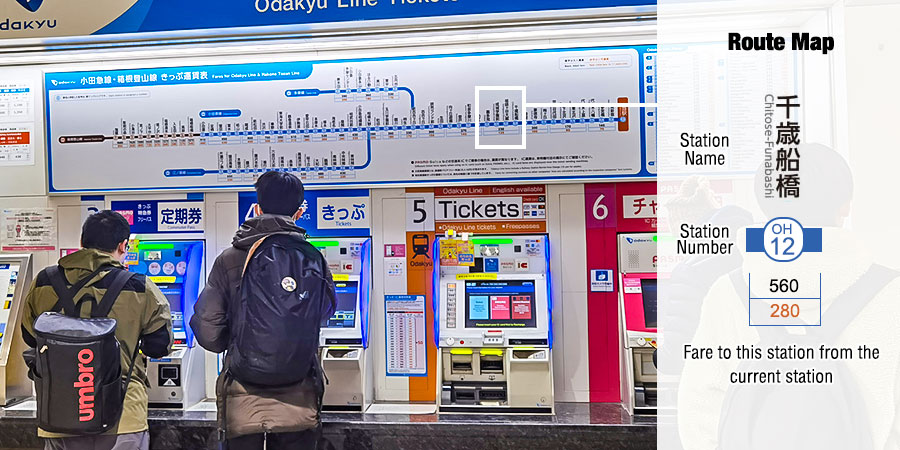- Narita Airport
- Haneda Airport
- City Trains
- JR Trains
- Metro
- Private Rails
- City Bus
- Sightseeing Bus
- Taxi
- Highway Bus
- Suica Card
- PASMO Card
- Shinjuku Station
- Transport Passes
- Haneda Airport to Tokyo City
- Narita Airport to Tokyo
- Narita Airport to Haneda Airport
- Travel from Tokyo to Kyoto
- Travel from Tokyo to Osaka
- Travel from Tokyo to Nara
JR Trains Serving for Downtown Tokyo
Some railways in urban Tokyo are run by JR, having the service for travelling around the city as well as commuting to and from work. It is absolutely an indispensable part of Tokyo urban rails as well as Tokyo transportation, with many trains running often, fast speed, and affordable price.There are more than 30 JR railways in all directions, lengths, and traffic situation all over Tokyo downtown and its outskirts. However, for visitors to scenic attractions in Tokyo, Yamanote Line and Chuo-Sobu Line are enough for travelling. These JR rails are the lead players of the public transportation in Tokyo, convenient for direct rides and transfers. Visitors from overseas don’t have to take other negligible JR lines.
Tips for Taking JR Rails in Urban Tokyo
The number of the line and stations are very important for your travelling, which determines if you’re in the right station or not.Without an IC transportation card, you need to buy a ticket on the spot. There is usually a map of the lines with stations above the ticketing machine. On the map, the number next to each station name corresponds to the fare to that station. Thus, you can select the ticket of corresponding price on the default interface of the machine. Also, you can transform the selection mode into that of the station number or station name as well. The machines can be operated in English.

|
The trains running on the same route may be different, varied in the types of limited express train, express train, rapid train, and so on. These trains would stop at different stations, as some would stop at each stations, and some may stop at the large stations only. So, you need to check the train number, platform, and its departure time with your search result.
If you have missed your station and are about to go back, it should be noted that the platform is not the same probably. You’d better research the route to confirm the train and platform.
JR Yamanote Line (JY)

JR Yurakuchō Station (JY 30)
|
Locally, the route with trains running in the clockwise direction is called as the outer loop, while that anticlockwise is called the inter loop. It takes 1 hour or so to finish a full circle, and all the trains on Yamanote Line would stop at every station. It is very busy as the frequency reaches 2-3 minutes in rush hours and still kept to a maximum of 4 minutes in other hours.
The price for a single trip on Yamanote Line is about JPY 140-260; if you go farther to other lines, it would exceed JPY 580 generally.
Major stations and nearby attractions:
Chuo-Sobu Line (JB)

The Platform at Shinjuku Station
|
Usually, there are two lanes for the fast and slow trains, respectively. The fast trains run on Chuo Line or Sobu Line separately, stopping at large stations only. The slow trains run on Chuo-Sobu Line from Mitaka in the west to Chiba in the east directly, having 39 stations and stopping at every station.
It doesn’t matter if you can’t make the lines clear. The only thing you need to do is find the platform and your train according to the search result. The main station on the route include:

